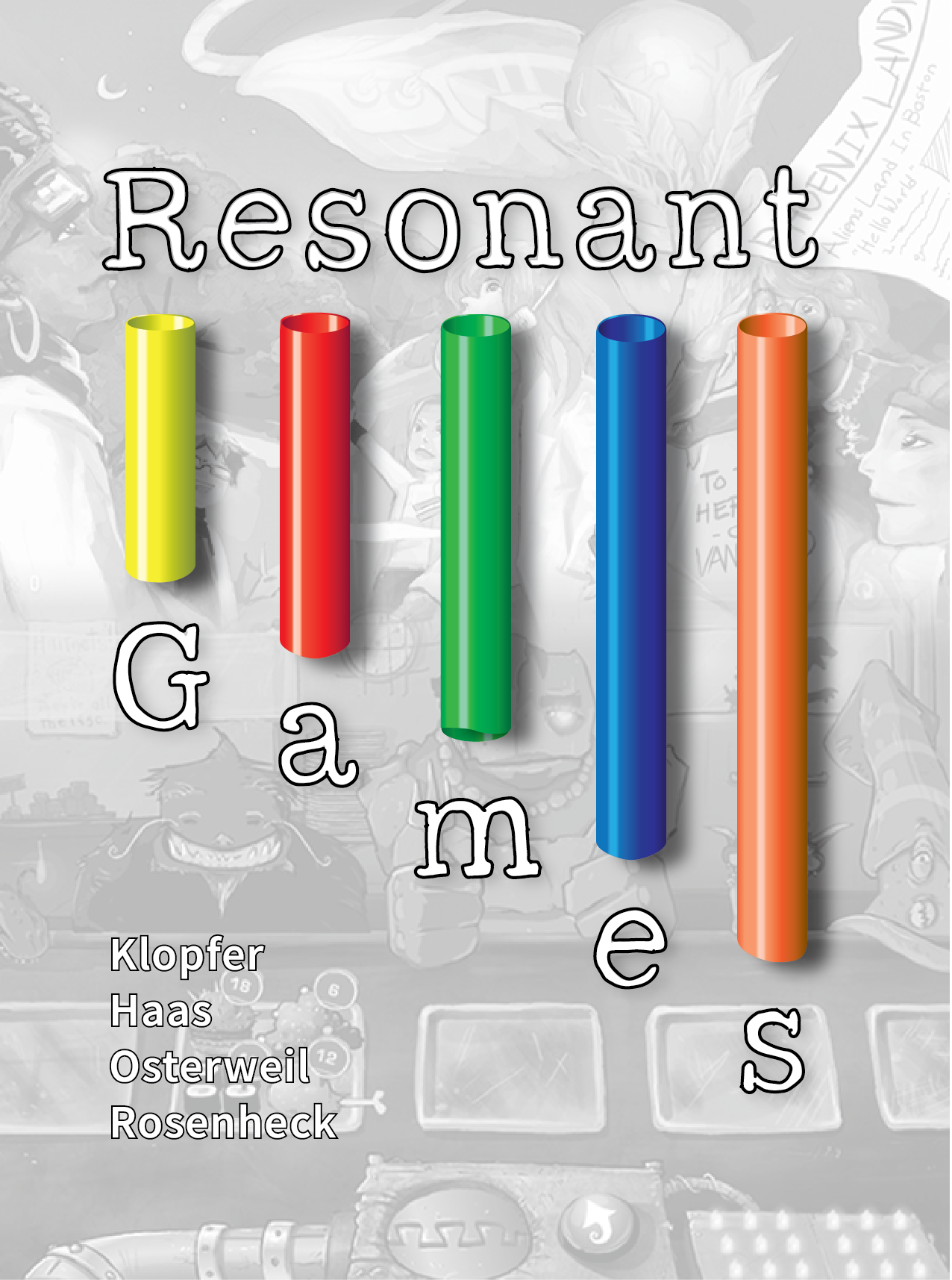Dan Roy (MIT Education Arcade) and Iulian Radu (Harvard University Graduate School of Education) wrote a report on using virtual and augmented realities in education, called Learning Across Realities. This report is for anyone who cares about learning and immersive media, but especially creators and curators. For educators, they show examples in educational contexts and recommendations for how to choose great experiences. For designers, they list principles and heuristics to build powerful interactions. For researchers, they summarize literature on critical concepts like presence, immersion, and embodiment. Both authors are educators, researchers, designers, and technologists, and they consider the potential of these emerging media from those perspectives.
For those of you not used to reading research papers, fear not. Though they’re written for a specialist audience, the authors do their best to make their findings more broadly accessible. For the researchers, this report may still provide a valuable summary or starting point for your literature reviews, or help contextualize your work in adjacent fields. For the designers, hopefully they can save you from reinventing the wheel by quickly pointing toward high-leverage approaches and avoiding old pitfalls.


